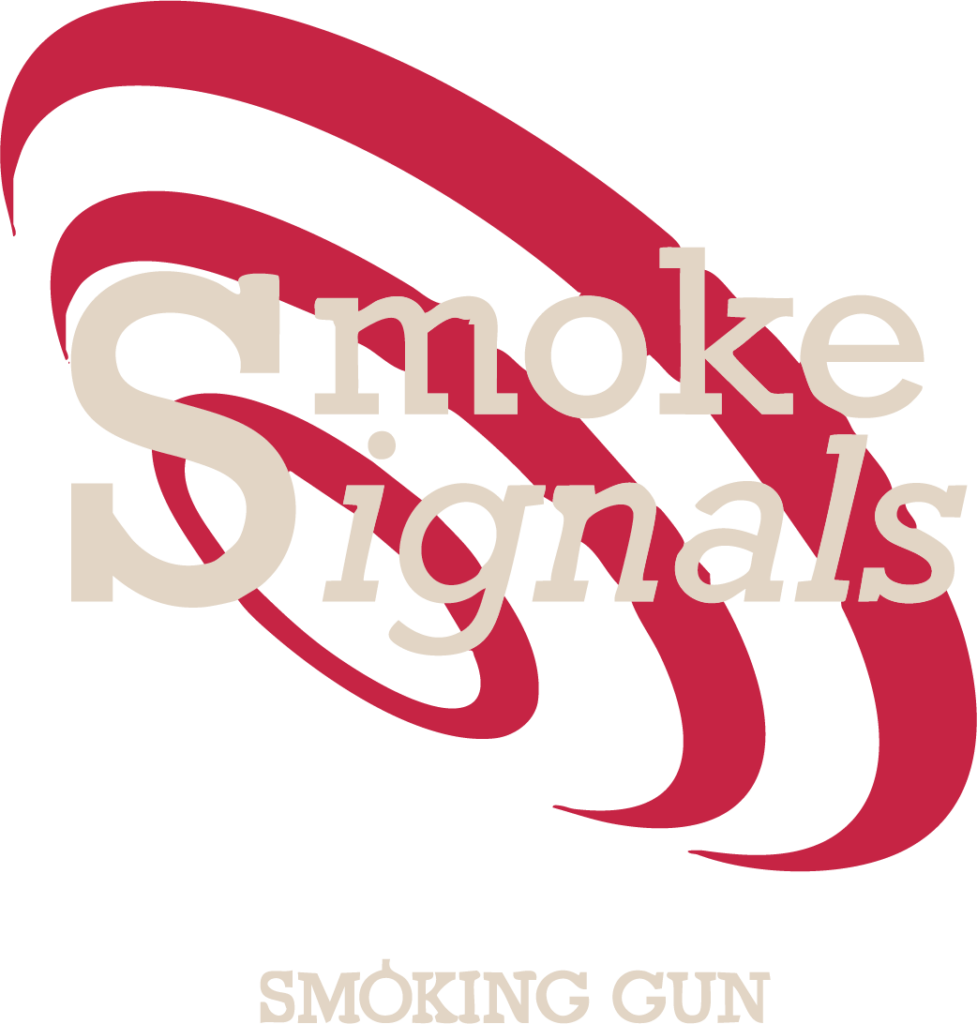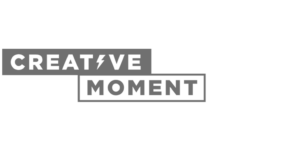
The high street is the business equivalent to a dangerous jungle. The inhabitants are constantly on guard, and survival of the fittest rules across an unforgiving, unpredictable terrain.
Last month news hit that one of Britain’s most recognisable retail chains was biting the bullet after almost 90 years in business. A devastating blow to tradition, and more importantly the jobs market, it seemed BHS hadn’t adapted and moved with the times, allowing itself to become outdated and obsolete.
The forthcoming investigation into payments made to company directors as the coffers ran dry is troubling, and if proved true easy to condemn. But the reality is that even without misdeeds several fateful mistakes were made, and they had been making them for some time.
Once a trusted household name, a go-to store, the demise of BHS can be at least partially attributed to losing sight of what the company was, what it stood for, and who it served. Last year reports emerged that the boss, Darren Topp, wanted to bring the brand back to iconic status, with a clear turnaround plan including a complete rebrand. But this move was already far too late. The damage was long-since done.
Identifying where you sit in the market is basic good business practice. Instead, BHS had managed to distance itself from what you may call the quality heritage set- M&S or John Lewis. At the same time, it wasn’t competing with the likes of Primark at the discount end of the market, or mid-priced peers like Sainsbury’s (which, whilst all this was going on, was growing to become the sixth largest clothing retailer in the UK, partly by having a clear position).
Shortcomings were also evident elsewhere, not least in BHS’ lack of brand investment. By falling behind rivals in terms of advertising, PR and digital- both ecommerce and marketing- any company is on route to obscurity and liquidation. But there’s a bigger crime still, namely failure to match consumer expectations and shopping behaviour. And the only way to do that is through listening.
You may think you’re an expert in your company’s particular field. That may be true to some extent, however the only real experts in terms of what the customers want are the customers themselves. We need to filter noise out so we hear the relevant chatter in order to gain a picture of what people think of a brand, and learn any ways in which that image could be improved.
Like the feedback forms of yesterday, only with a less linear structure, and an endless list of topics and angles, these snippets of opinion voiced on social media are gold dust if you understand how to analyse them effectively, and efficiently. Vitally, in today’s environment, the difference between those that do, and those that don’t, is fundamental.
[Tweet “#PR lesssons in brand identity from the fall of BHS”]
Our Awards
Why stop at global stardom and incredible sales? When our clients work with us, they get the silverware to boot. We’re not into tooting our own horns, but the awards we’ve won with our clients are too good to miss…









